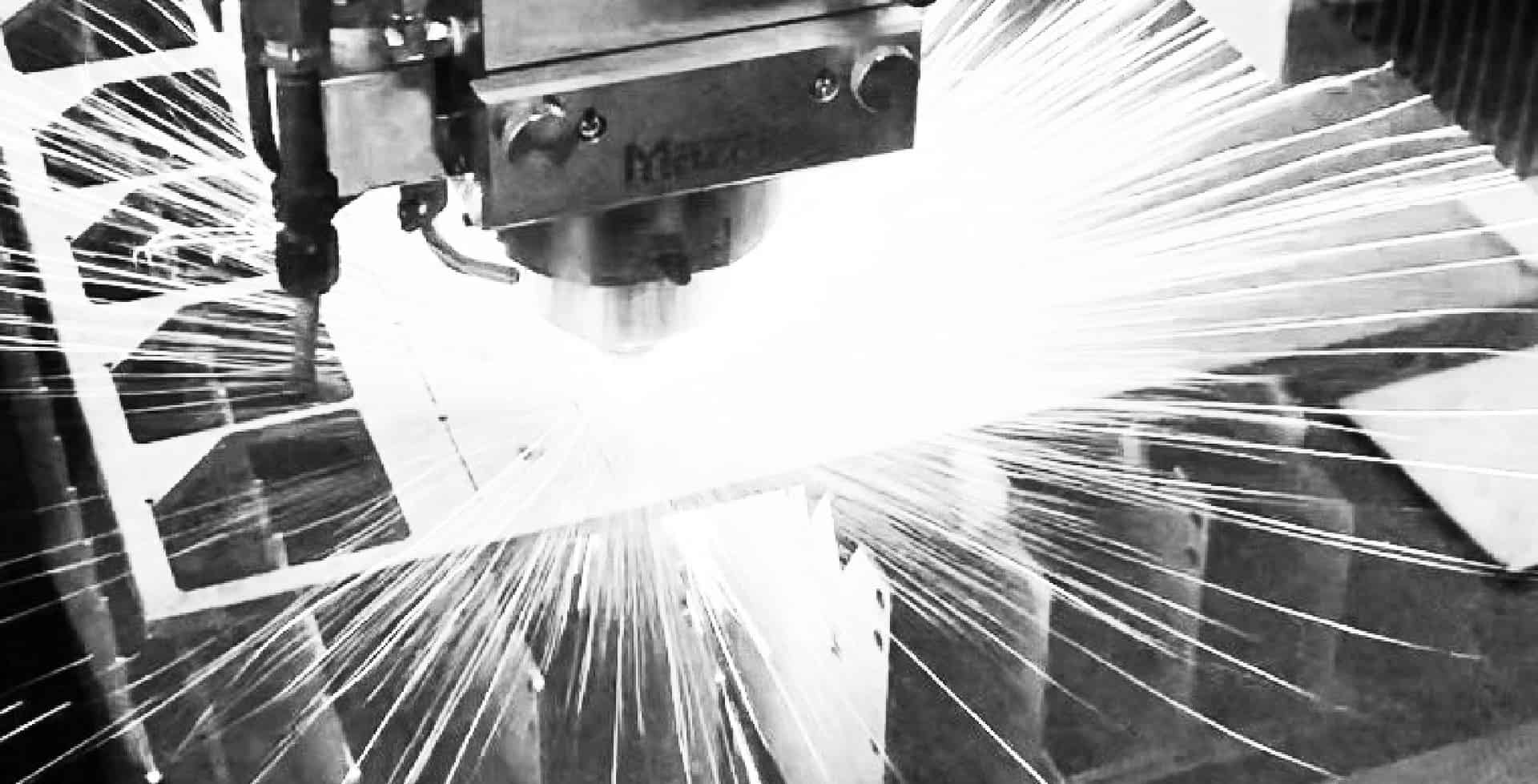Control Costs by Carrying Dust at the Right Speed

One way of controlling your dust collection costs is to ensure that the system is carrying dust through the ductwork, from the source to the collection device, at the right speed.
The rate at which the dust is carried through the system is known as the conveying velocity. And the correct velocity helps with system safety and maintenance, as well as energy use. Too low a velocity and the danger is that dust will start to collect within the duct system; too high, and the threat is wasted energy and faster erosion of the ductwork. Sticky or moist dust could also smear the duct wall if the velocity is too high.
Dust Control Systems: Velocity Matters
So, it is important to maintain the conveying air velocity in every part of the duct within a reasonable range. The determination of that range is dependent upon the kind of dust that is being transported. For example, an extremely fine, lightweight material that will not clump together, such as cotton dust, may need a velocity of 3,000 fpm. However, if you are handling something like lead dust, or other metalworking dust, you may need to accelerate the system to between 4,500 fpm and 5,000 fpm.
A good rule to follow: the heavier the dust, the higher the velocity. And the higher the velocity, the higher the potential operating costs. So, it really is good to understand the demands that will be placed on your system. For guidance on the appropriate velocity for your application, refer to the recognized industry resource: The Industrial Ventilation Manual from ACGIH.
Too Slow: Dust Collection Can Be Dangerous
As mentioned, the collection of dust within the ductwork is really something that you want to avoid. This can happen when the dust is moving too slowly through the ductwork and starts to settle inside the pipes. As it collects, this dust can lead to a number of potential problems:
- It could fuel a combustible dust explosion
- Ductwork and hangars can fail due to the additional load or corrosion
- The system may not perform as well as expected as the ducts narrow due to the dust build-up
Too Fast: Abrasive Dust Wears on Ductwork
Dust moving too quickly through the system is also clearly a problem. Dust can be abrasive. This causes wear and tear on the ductwork, which will have to be replaced at some point at an additional cost. Transporting the dust faster may also require a bigger fan than you really need. These fans cost more and also have higher operating costs.
So, you don’t want that dust moving too fast or too slow. You are aiming for just right when you are designing your system. The things you can do at the design stage to help control conveying velocities include:
- Sizing the ductwork to allow for adequate volume and velocity for the dust it will be carrying
- Calculating the static pressure level required to determine the size and power of your dust collection unit
Just the Right Speed Dust Collection Systems
So there you have it. Moving dust through your collection system too fast or too slow comes with undesirable costs and problems, from dust collecting within the ductwork to parts wearing out faster than necessary. When designing your system, make sure you have an accurate understanding of how fast you will need the dust to be transported through the system. And then design your system around that conveying velocity. It will save you money in the long run.
IVI has years of experience conveying all sorts of dusts. Whether you are designing a new system or troubleshooting an old one, IVI has the solution for your dust conveyance needs.